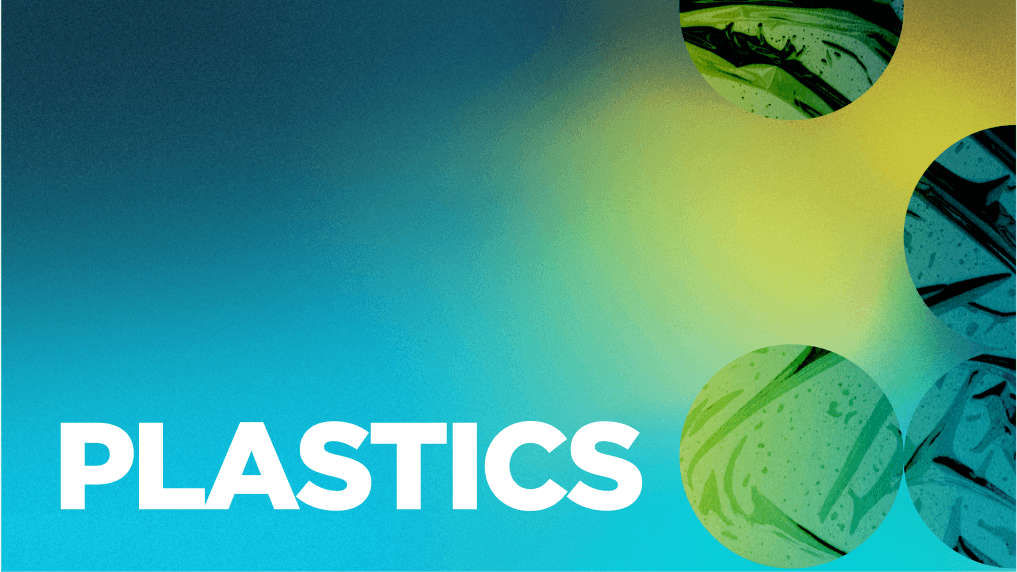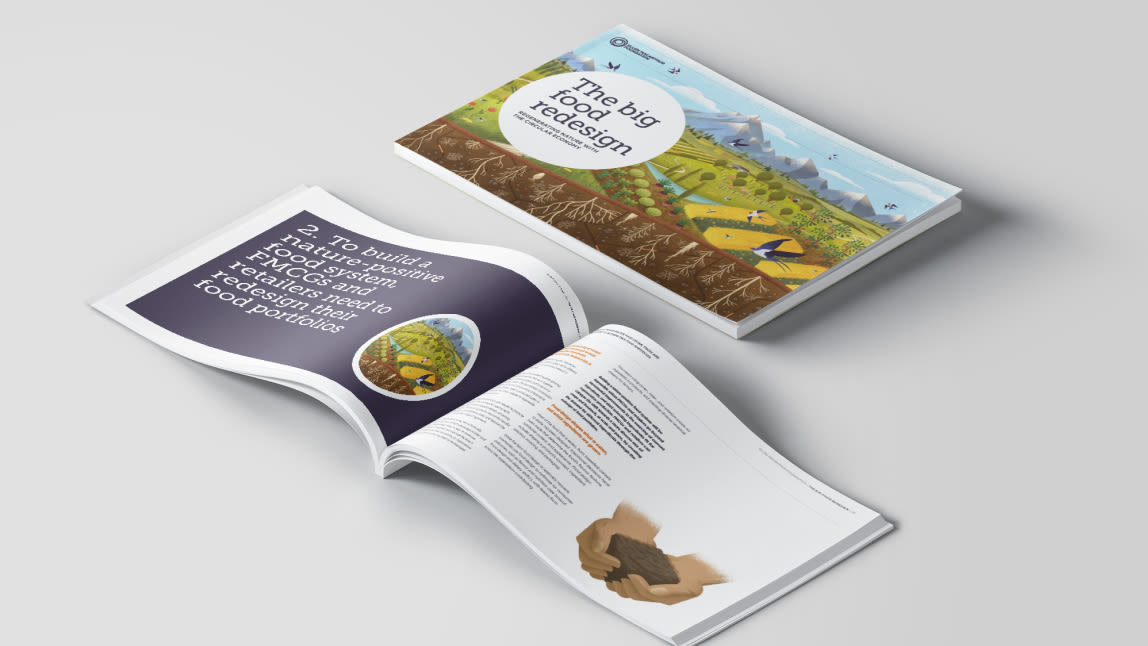Life Cycle Assessment, also known as Life Cycle Analysis, (LCA) is a process for evaluating the environmental impacts of a product or service over the course of its entire life. It is often used to determine the best performing product, service, or other solution, at a given point in time, in terms of specific environmental impacts, such as carbon emissions.
However, like any tool, it has its limitations, and can give misleading or contradictory outcomes if not used carefully.
Reasons to be cautious with Life Cycle Analysis
1. It favours short term gain over systemic change
When thinking about a circular economycircular economyA systems solution framework that tackles global challenges like climate change, biodiversity loss, waste, and pollution. It is based on three principles, driven by design: eliminate waste and pollution, circulate products and materials (at their highest value), and regenerate nature. transition, it is important to remember that while Life Cycle Assessment is good at pointing to the best option based on a specific metric at a specific time, it can sometimes lead us to seek short term, individual benefits at the expense of long term, collective ones.
A well known example of this is electric vehicles (EVs). LCAs in the past have pointed to the immediate benefit of improving the efficiencies of petrol cars, rather than innovating EV technology and developing renewable energyrenewable energyEnergy derived from resources that are not depleted on timescales relevant to the economy, i.e. not geological timescales. production. In these cases, the LCA pointed towards a quick fix based on the reality of the current system, rather than systemic change. For a circular economy, we need systemic change.
2. It ignores hard to measure impacts
Life Cycle Analysis can only measure metrics that we can quantify, such as carbon emissions, and therefore weighs decisions more heavily towards these metrics. LCA can often ignore impacts that are harder to measure or less well understood, such as plastic in the environment or the long term effects of landfill runoff. For example, LCA can have a hard time assessing the environmental benefits of reusereuseThe repeated use of a product or component for its intended purpose without significant modification. models for plastic packaging compared to sending single-use plastic to landfill, given that from a carbon perspective, landfill can be viewed as a form of ‘carbon storage’.
3. It only measures what you tell it to measure and relies on assumptions
Life Cycle Assessments are also limited in the sense that they will only measure the parts of the system or the metrics that you have asked them to look at. Anything that isn’t defined within the boundaries of the LCA will not be accounted for. On top of all that, LCAs, just like all models, are dependent on the data you feed into them and the assumptions you make. There are many examples of different studies looking at the same question but arriving at different conclusions because of different data sources, system boundaries and assumptions. The authors of the LCA, reliability of the data, availability of the data, etc. should always be taken into account when interpreting the results.
How to use Life Cycle Assessment for a circular economy transition
In order to successfully use LCA to support and inform the transition to a circular economy, it is important to be mindful of its limitations and use it as one tool among many, and not as a single source of truth. Rather than simply optimising individually in today’s system, we need to envisage the target state we want to achieve — a circular economy — and start innovating towards it. There are a number of ways LCA can be used to support this.
1. Highlight areas of improvement
Life Cycle Analysis can be used to identify impact hotspots within the life cycle of a specific solution – such as highlighting the stage in a product’s life that is particularly resource intensive or polluting – and then help assess how well different options for that part of the lifecycle address those impacts.
2. Test against changing external factors
Life Cycle Assessments can be used to investigate the impact of external factors that might vary between geographies or with time – for example, changes in the energy mix, development of recycling infrastructure, or deployment of a new technology. This can be done by changing the input parameters of an LCA.
3. Compare similar solutions
LCA is most likely to be able to give a clear answer when most parts of the system remain the same. For example, LCA could be used to compare the carbon emissions of two different packaging material choices, when all other parts of the business model are the same.
4. Use LCA in later stages of innovation
An LCA is most useful when there is reliable input data and fewer unknowns. Once it is clear how materials and resources will flow through the system, an LCA can be more effective. The later stages of an innovation process, such as during scale up or when improving an existing system, therefore might be the best time to carry out LCAs. Care should be taken when using LCA in the early stages of an innovation process.





